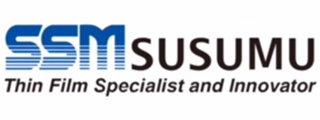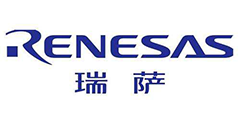Creating complex wireless communication systems
Modelithics and ANSYS are to create the first 3D electromagnetic simulation component model library that will enable customers to accelerate the design of wireless communication systems for 5G, smart devices and the industrial internet of things (IIoT).
The partnership is intended to enable the sharing of intellectual property (IP) and increase the accuracy of the radio frequency (RF) and microwave design process for networking equipment and mobile devices.
Components such as inductors, capacitors, connectors and packaged filters used in wireless communication devices are packed tightly together in compressed packages to achieve increased functionality and product miniaturisation. The resulting component-to-component electromagnetic (EM) field interactions and coupling, which are typically ignored in a system-level modelling approach, can significantly influence circuit performance, especially at higher 5G and millimetre wave frequencies. The ability to predict these effects during simulation is critical to meeting development timelines within budget.
Modelithics and ANSYS will create a library of models that are defined by their physical geometry and material properties and can properly simulate interactions between components and their surrounding environment. These simulation-ready 3D components can simply be added to larger system designs in ANSYS HFSS without the need to apply excitations, boundary conditions or material properties.
“Through the partnership, developers of discrete components can create simulation-ready 3D components in ANSYS HFSS and provide them to end users who can reference them in larger system simulation,” said Larry Dunleavey, president, Modelithics. “The ability to collaborate through 3D components enables vendors to provide their customers with HFSS simulation-ready models, giving them a valuable edge in enabling first-pass design success.”
在线留言询价
TrendForce Announces Top 10 Trends in Information and Communication Technology Industry for 2019
- 一周热料
- 紧缺物料秒杀
| 型号 | 品牌 | 询价 |
|---|---|---|
| RB751G-40T2R | ROHM Semiconductor | |
| TL431ACLPR | Texas Instruments | |
| MC33074DR2G | onsemi | |
| BD71847AMWV-E2 | ROHM Semiconductor | |
| CDZVT2R20B | ROHM Semiconductor |
| 型号 | 品牌 | 抢购 |
|---|---|---|
| IPZ40N04S5L4R8ATMA1 | Infineon Technologies | |
| TPS63050YFFR | Texas Instruments | |
| STM32F429IGT6 | STMicroelectronics | |
| BU33JA2MNVX-CTL | ROHM Semiconductor | |
| BP3621 | ROHM Semiconductor | |
| ESR03EZPJ151 | ROHM Semiconductor |
- 周排行榜
- 月排行榜
AMEYA360公众号二维码
识别二维码,即可关注























